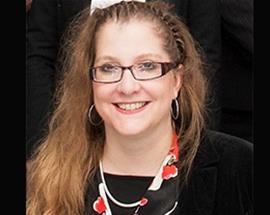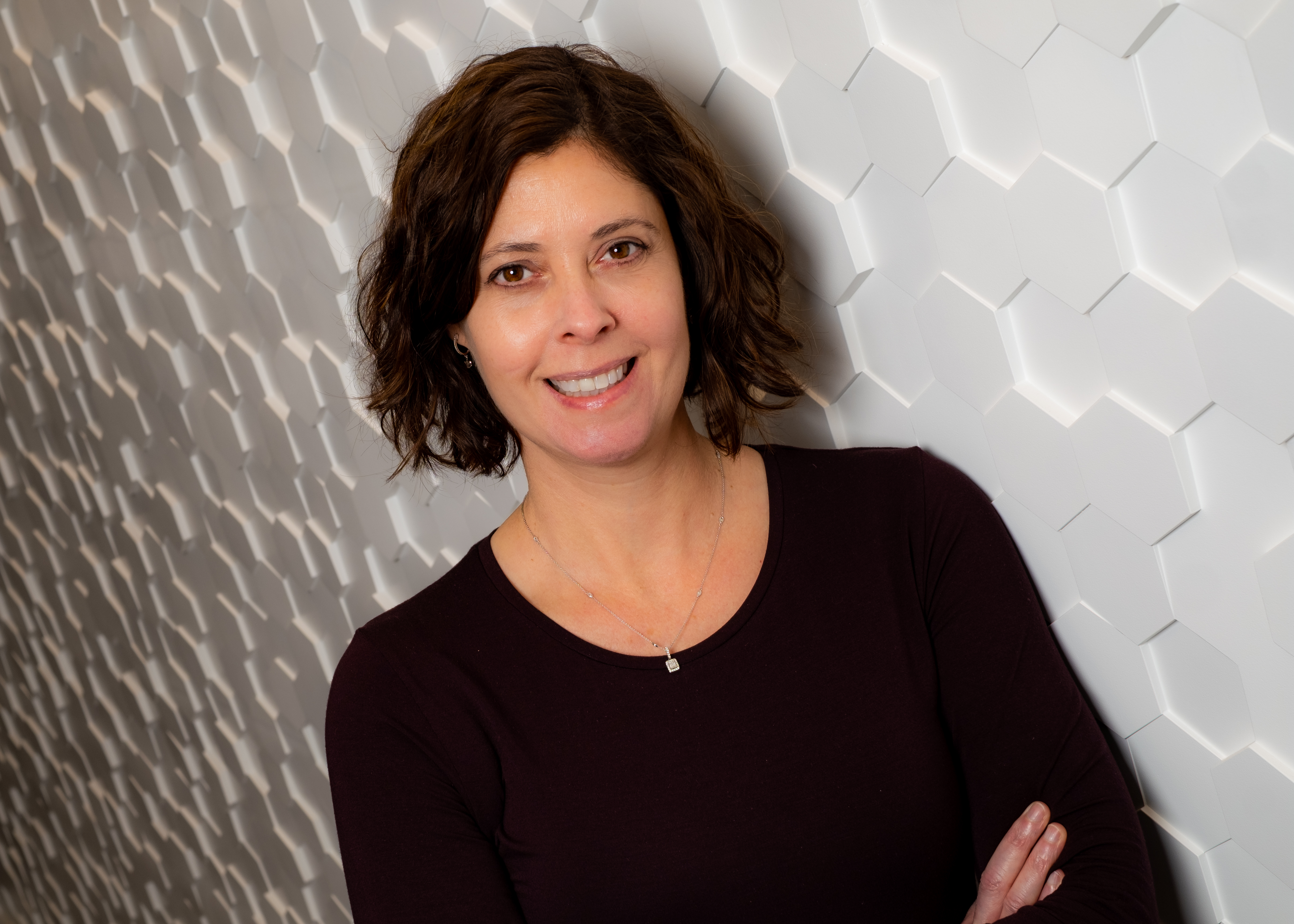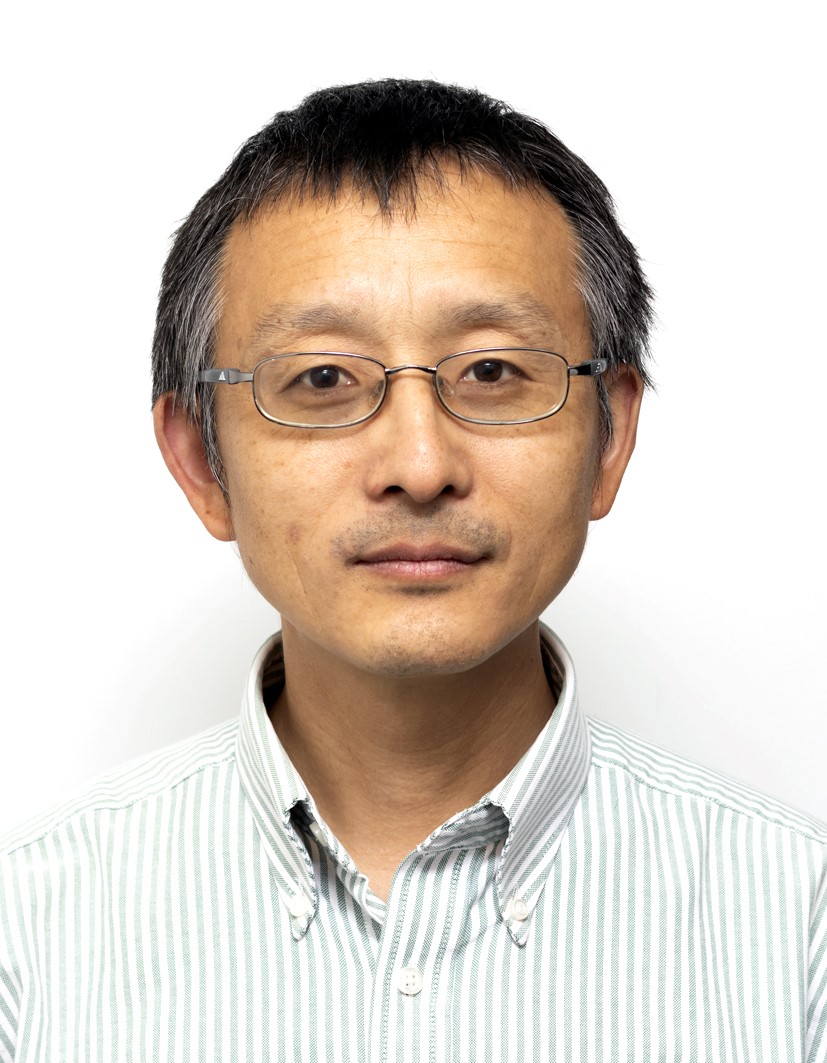Susan A. Odom Lecture: "Advances in Polyoxovanadate-alkoxide Cluster Synthesis with Application in Nonaqueous Redox-flow Batteries"
This lecture series commemorates the life and legacy of Professor Susan Odom, an energetic, productive, and driven faculty member in the Department of Chemistry from 2011 to 2021. It features speakers noted for outstanding research in Professor Odom’s fields of synthetic and materials chemistry.
Visit this page for more information on the Susan A. Odom lecture series.
Bio: Ellen was born in Washington D.C. and spent most of her life moving around the world with her family. After graduating from Somers High School (Somers, NY), Ellen attended Boston University, where she participated in the BUCOP program, pursuing simultaneous d
egrees in Science Education (B.S.) and Chemistry (B.A.). Following graduation, she journeyed out west to begin her graduate work at Purdue University, where she became a founding member of the research group of Suzanne C. Bart. Her thesis was centered around the synthesis and reactivity of low-valent, organouranium complexes. In 2013, she completed her Ph. D. work and began a postdoctoral position in the Fout Laboratory at UIUC, where she studied the development of bioinorganic systems for functional models of nitrite reduction. Ellen is a runner and has completed multiple marathons and half-marathons.
"Advances in Polyoxovanadate-alkoxide Cluster Synthesis with Application in Nonaqueous Redox-flow Batteries"
Abstract: Effective integration of renewable energy from intermittent sources (i.e. solar and wind) requires the development of efficient energy storage systems which can function in tandem with the electrical grid. Non-aqueous redox-flow batteries have emerged as promising systems for large-capacity, reversible energy storage capable of meeting the variable demands of the electrical grid. The use of non-aqueous solvents increases the energy density of these systems, however there are few electrolytes with sufficient solubility and electrochemical stability to function in organic media. In this work, we investigate the potential for Lindqvist polyoxovanadate-alkoxide (POV-alkoxide) clusters to serve as both the anolyte and catholyte for symmetric, non-aqueous redox-flow batteries. POV-alkoxide clusters display numerous, highly reversible redox events, and demonstrate significant solubility and electrochemical stability in organic solvents. These bulky compounds also demonstrate the ability to mitigate species crossover and membrane fouling, thereby improving the energy efficiency and lifetime of flow battery cells. The application of POV-alkoxides as electrolytes in organic media demonstrates that the remarkable redox properties of multimetallic clusters can be harnessed for non-aqueous energy storage applications, and represents an important new direction for the generation of high performance redox-flow batteries.


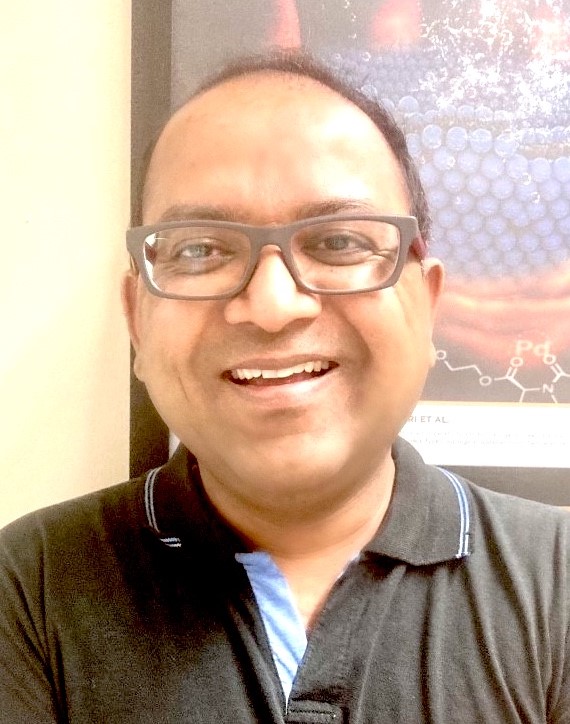

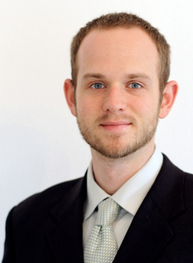 Bio: Morgan Stefik obtained a B.E. in Materials Engineering from Cal Poly SLO in 2005 and a Ph.D. in Materials Science from Cornell University in 2010. After postdoctoral research at École Polytechnique Fédérale de Lausanne, he joined the University of South Carolina in 2013 in the Department of Chemistry and Biochemistry. He was awarded an NSF-CAREER in 2018 and is the founding director of the South Carolina SAXS Collaborative. He was highlighted as a “rising star of materials chemistry” by RSC in 2017, was recognized as a Breakthrough Star by USC in 2018, and was elected to the council of the International Mesostructured Materials Association in 2018. Most recently, he was promoted to Associate Professor with tenure in 2019.
Bio: Morgan Stefik obtained a B.E. in Materials Engineering from Cal Poly SLO in 2005 and a Ph.D. in Materials Science from Cornell University in 2010. After postdoctoral research at École Polytechnique Fédérale de Lausanne, he joined the University of South Carolina in 2013 in the Department of Chemistry and Biochemistry. He was awarded an NSF-CAREER in 2018 and is the founding director of the South Carolina SAXS Collaborative. He was highlighted as a “rising star of materials chemistry” by RSC in 2017, was recognized as a Breakthrough Star by USC in 2018, and was elected to the council of the International Mesostructured Materials Association in 2018. Most recently, he was promoted to Associate Professor with tenure in 2019.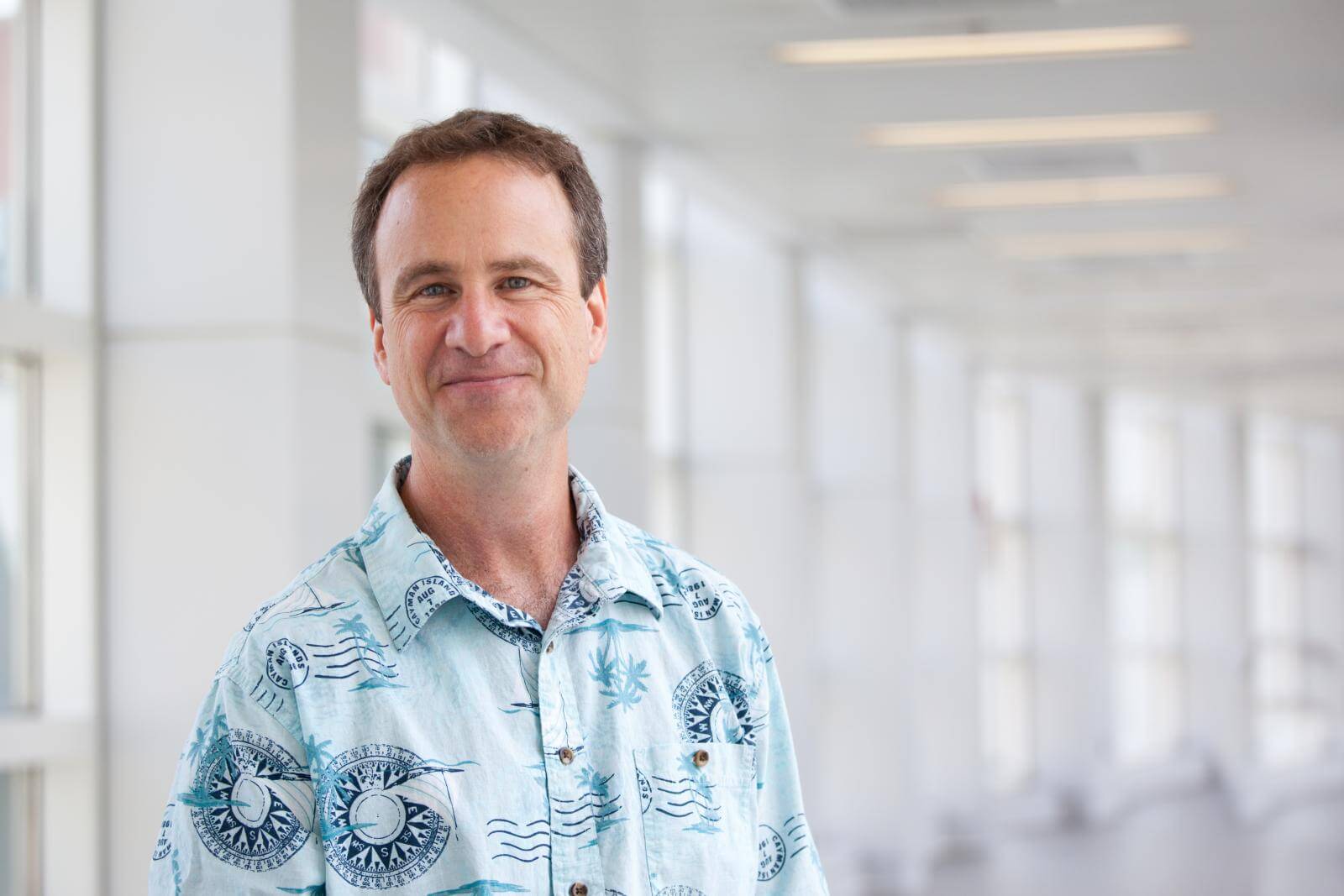
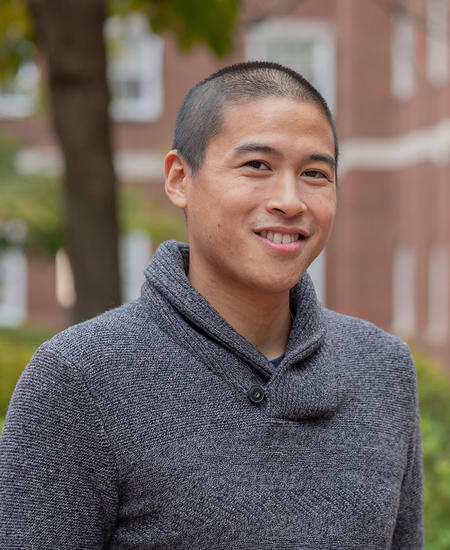 Bio: Jonathan Pham is an Assistant Professor of Materials Engineering at the University of Kentucky. He received a PhD in Polymer Science and Engineering from the University of Massachusetts Amherst where he investigated nanoparticle assembly and mechanics. During this time, he was a Chateaubriand fellow at ESPCI-ParisTech investigating deformation of microscale helical filaments in microfluidics. Prior to joining Kentucky, he was a Humboldt Postdoctoral Fellow at the Max Planck Institute for Polymer Research working on a range of topics, including cell-surface interactions and liquid drop impact.
Bio: Jonathan Pham is an Assistant Professor of Materials Engineering at the University of Kentucky. He received a PhD in Polymer Science and Engineering from the University of Massachusetts Amherst where he investigated nanoparticle assembly and mechanics. During this time, he was a Chateaubriand fellow at ESPCI-ParisTech investigating deformation of microscale helical filaments in microfluidics. Prior to joining Kentucky, he was a Humboldt Postdoctoral Fellow at the Max Planck Institute for Polymer Research working on a range of topics, including cell-surface interactions and liquid drop impact.